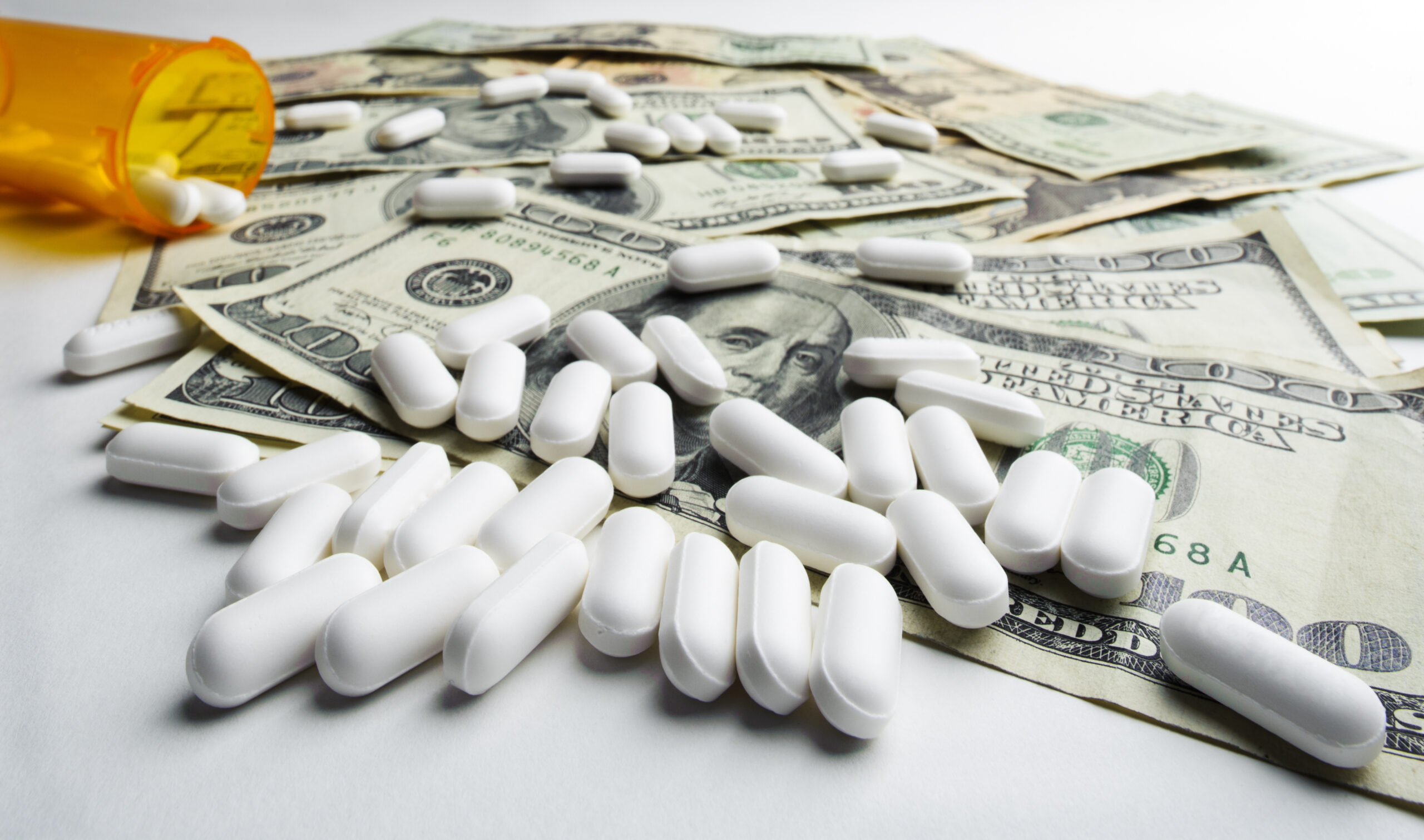© 2024 CSRXP- All Rights Reserved

ICYMI: “Prescription drug prices climb into the stratosphere”
May 20, 2015
May 20, 2015
“Prescription drug prices climb into the stratosphere”
by Trudy Lieberman, Rural Health News Service
Note: Article originally printed in Sterling Journal-Advocate.
There’s no getting around it. Americans are using more medications and spending more for them. The latest evidence just came from Express Scripts, the pharmacy benefit manager, which acts as a middleman between drug makers and employers. The number of Americans — almost 600,000 — with yearly medication costs of more than $50,000 rose 63 percent from 2013 to 2014. The group of patients with costs over $100,000 nearly tripled.
By any measure these are huge increases that don’t signal much hope that the U.S. can bring down its medical spending, which is now over 17 percent of the country’s national income. Express Scripts was frank about the long-term impact on employers and others who actually pay most of those bills. It’s an “unsustainable $52 billion a year.”
Who are the patients with these stratospheric drug expenses? Nearly 60 percent are Baby Boomers, and over half of those with expenses greater than $100,000 are men. Nearly two-thirds are taking 10 or more different medications. The use of antidepressants was more than twice as prevalent among these heavy users as it is in the general population.
What’s wrong with that? Don’t we want people to have the latest and greatest drugs? After all, we’ve been conditioned for decades now to believe that modern medicines work miracles. Of course, some have, but others have not. Yet it has become ingrained in the American psyche that patients are entitled to these medicines no matter the cost.
Perhaps that’s why we tolerate those intrusive drug company commercials that bombard us at the dinner table with cures for toenail fungus. But those ads work. They motivate consumers to ask about the drugs being hyped. Most of the time the docs prescribe them.
Cancer medications, hepatitis C drugs like Sovaldi with its $84,000 annual price tag, and compounded medications, which use ingredients mixed together in the exact strength and dosage required by the patient are the main culprits for the increases, Express Scripts said. A year ago Express Scripts, which works on behalf of insurers, stopped covering some 1,000 active ingredients compounding pharmacies use for ointments, creams, and powders, shifting some of the cost to patients.
Not long ago I talked to Peter Bach, a physician and epidemiologist at Memorial Sloan Kettering Cancer Center in New York City, about the high cost of drugs. He echoed the Express Scripts findings. Bach told me makers of cancer drugs can pretty much do what they want in setting prices. The worst that happens is that a journalist writes a story about super-high prices, and the practice continues.
Bach has called for freeing insurers and government programs from requirements to include all expensive drugs in their plans and explaining to the public that some are not effective enough to justify the price, or setting prices equal to those in Western Europe, which are usually determined through government and drug company negotiations. Either way, he says, it’s better than we have now.
What about the claim that the high cost of developing these drugs justifies their high price tags? In mid-May a study published in the New England Journal of Medicine found the highly profitable drug and biotech industries “actually spend only a small fraction of their revenues on truly innovative research.” The study noted that large drug companies did not develop some of the most important recent new drugs but acquired them by purchasing the biotech companies that did. In its first year of sales, Gilead, the company selling Sovaldi, totally recouped the $11 billion it paid for the rights to market the drug.
The public is becoming more skeptical and starting to question both prices and drug company marketing practices. “A year ago there was little discussion,” says John Rother, who heads a group called the National Coalition on Health Care. “Today that is 100 percent reversed,” and the group’s Campaign for Sustainable Rx Pricing may be catching on. “But I think we’re still a long way from agreement about what to do,” he said.
Increasingly all consumers will bear the costs of high-priced medicines through higher deductibles and more cost-sharing. Sovaldi and similar drugs added $4.5 billion to Medicare spending last year, more than 15 times what Medicare paid for older hepatitis C drugs the year before. Only as Medicare beneficiaries and everyone else with prescription drug coverage feels the pinch, will there be any serious chance that people’s voices will be loud enough to effect any changes. That will happen, as Express Scripts pointed out, when the prices become unsustainable.”
